Pompeii finally has its Museum! Let us introduce you to the visit and the most important things on display.
For the last two centuries and a half, travelers have stopped in Naples and visited its sublime Archeological Museum – Mann – to admire the find from the buried cities of Pompeii and Herculaneum.
Now, travelers can simply enter the Archaeological Park of Pompeii and enjoy the 11 rooms of the new Pompeii Museum – Antiquarium. It was inaugurated last January 2021. The itinerary follows the history of Pompeii from its foundation during the 7th century BC to the Eruption in October 79 AD.
Table of Contents
Pompeii Museum – History and Location
The Museum is placed within the same area where once was the Old “Museo Pompeiano”. It is located under the terrace of the Temple of Venus, not far from the Forum of Pompeii. Originally it was conceived as a storage area by the great archaeologist Giuseppe Fiorelli. Here were first-ever displayed the world-famous plaster casts of the victims of Pompeii. Unfortunately, this previous museum was destroyed by bombings during WWII
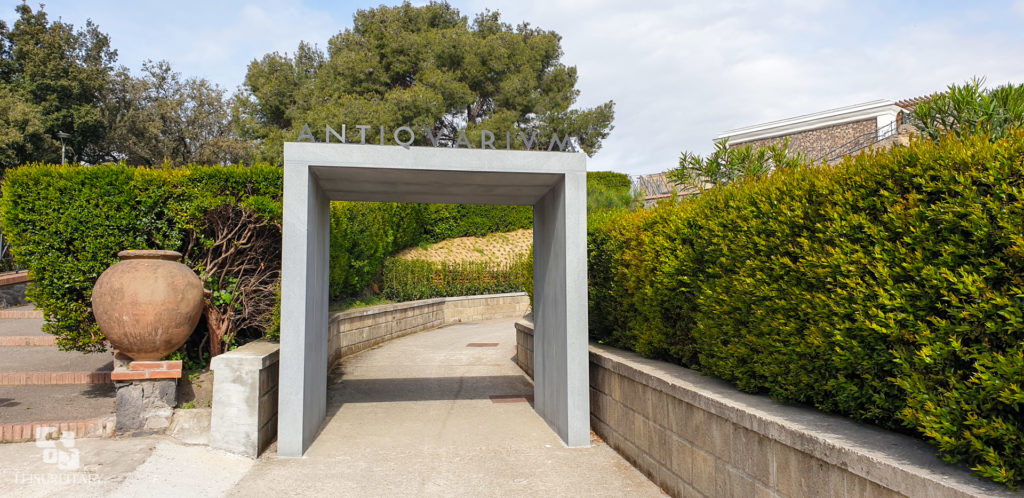
Pompeii Museum – Practical Info
You do not need to buy a separate ticket. The recommended entrance to the Museum is the gate called “Piazza Esedra”. At present time – May 15th 2021 – the Museum is the last place on the itinerary before going out of the archaeological park of Pompeii. Allow yourself at least 40/45 minutes to take a glance to every room. The Museum has several panels with information. A free audio system in English is provided, given that your smartphone has an app that can read QR codes.
Pompeii is a very large excavation site spreading over 163 acres. Please check our previous article visiting Pompeii to get useful information and FAQs to know before you start your discovery, so you can make the best of it!
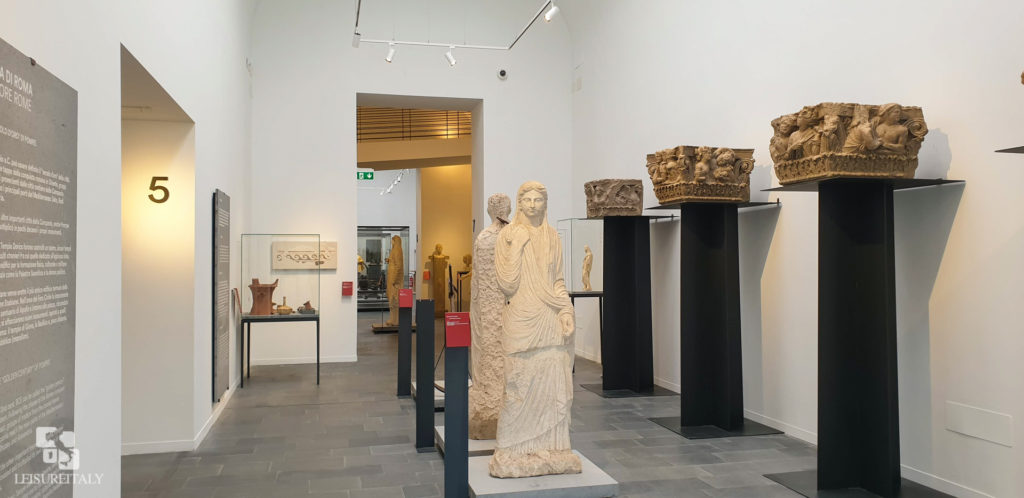
Pompeii Museum 1st room – “Summa Pompeiana”
It is an introduction to the visit with some items from different ages of Pompeii. The discovery of Pompeii introduced the world to a new dimension of the Roman Time: not only the fast of the Empire but also the everyday life of ordinary ancient Romans. This room displays the famous cast of a dog on a chain from the house of Vesonius Primus and a beautiful wall painting from a rich house in the suburban area of Pompeii dating back to the 1st century BC. Marvel at the optical illusion of the scene and the freshness of colours, namely the so-called Pompeian Red.
2nd room – “Before Rome”
It introduces us to the origins of Pompeii in the VII-VI century BC, when the city underwent a considerable urban development. Here on display finds from the area of the Doric Temple – IV Century BC: remains of the Roof with female faces alternating with palmettes made of Terracotta; the only surviving Metope with the punishment of Ixion and little female heads wearing polos. Athena here granted the transition from teenage to adulthood for the Pompeian girls.
To move to the next room, you can either use the elevator or walk upstairs. If you walk there is a wonderful panel that briefly tells the entire history of Pompeii – 3rd Room.
4th room – “The Samnites”
Here you can learn about the population that inhabited Pompeii before the Romans: the fierce Samnites. A treaty with Rome in 308 BC granted the city of Pompeii a new development. The Samnites spoke an italic language called Oscan. You can see an altar bearing an Oscan inscription, to be read from right to left.
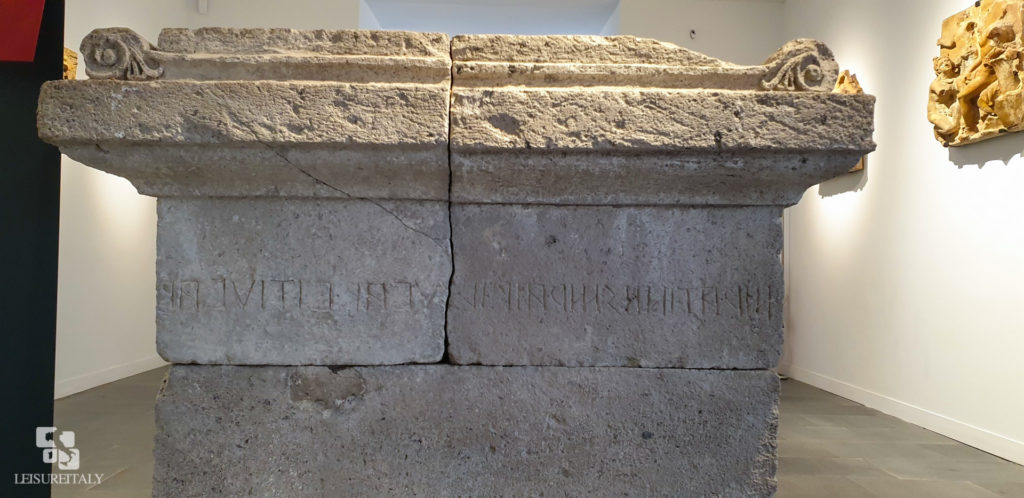
5th Room – “The Golden Age”
The 2nd century BC marks the entry of Pompeii into international maritime routes of trade. Domestic decorations such as the remarkable capitals depicting married couples, Satyrs, and Maenads, as well as items and coins from every corner of the Mediterranean, teach us about the wealth and ferment of Pompeii at this stage. Also, on display here, the fragment of a fresco (wall-painting) which is probably the oldest ever found so far.
6th room – “Rome VS Pompeii”
During the bloody Social War (91-89 BC), when Rome fought against her Italic allies, Pompeii sided with the rebels. Silla, the Roman dictator, besieged and conquered the city. You can see here the cannonballs used by the Romans. The city was renamed “Colonia Cornelia Veneria Pompeianarum” and 1500 roman veterans with their families moved in. That finally turned Pompeii into a Roman City. You can see here two wonderful frescoes depicting the Venus of Pompeii, the goddess sponsored by the dictator Silla. She is wrapped in a tight cloak, holds a scepter, and leans on a tiller.
7th and 8th Room – “Living a luxurious life”
During the Julio-Claudian dynasty (27 BC- 68 AD) Pompeii enjoyed a direct relation with the imperial court: the emperors themselves (Tiberius and Nero especially) lived for long periods in the luxurious mansions spread along the Bay of Naples. In these rooms, you will experience the beauty of the objects that adorned the rich private homes of Pompeii: a glass-cameo panel depicting Bacchus and Ariadne, a marble decorated disk (oscillum) that usually hungs in between the columns of the porticoes, the bronze statue of an Ephebus as an oil-lamp holder, a bronze brazier.
9th Room – “The Earthquake in 62 AD”
Pompeii was severely damaged by an earthquake a few years before the eruption. Here you can learn about the reconstruction still ongoing when the end arrived in 79 AD. There is a colorful case with some of the pigments that painters were using for the decoration of the homes being renewed.
10th and 11th Room -“The End”
These last two rooms show the effects of the eruption. You can see the mineralized roots of the cypress tree, glass bowls distorted by the eruption, and several plaster casts of unfortunate human beings. These casts have been made by archeologists throughout the last 150 years of excavations. Here on display is the copy of a cast of a horse that was found in 2018 immediately outside the city walls and two casts of two men which were made in December 2020!
Back outside the museum, you will find yourself on the terrace standing on the City-walls. From here you can walk downstairs to the exit of the archaeological area.
We hope that this short introduction is interesting and useful. If you come to Italy please do not hesitate to contact us for one of guided tours in Pompeii!
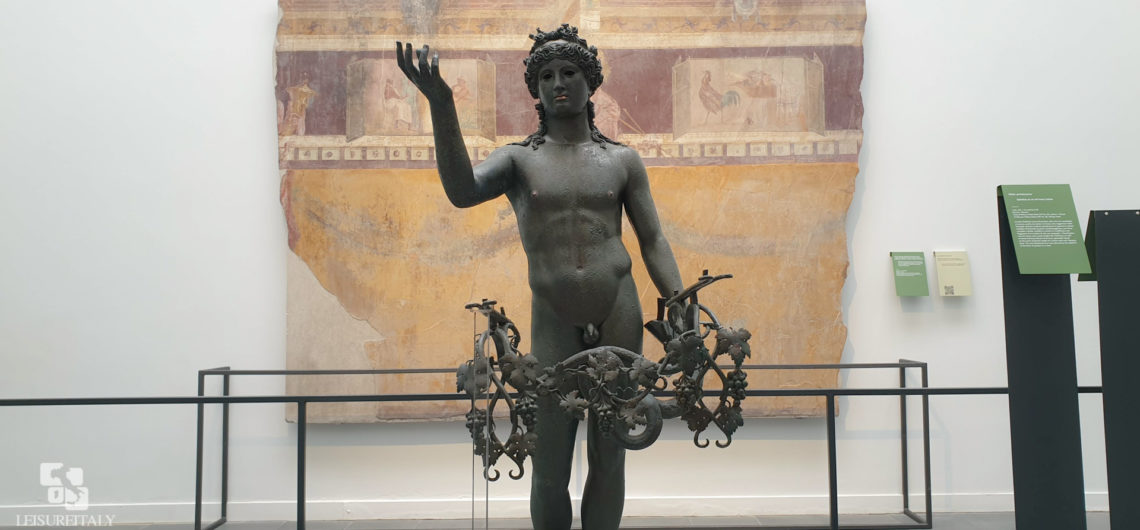
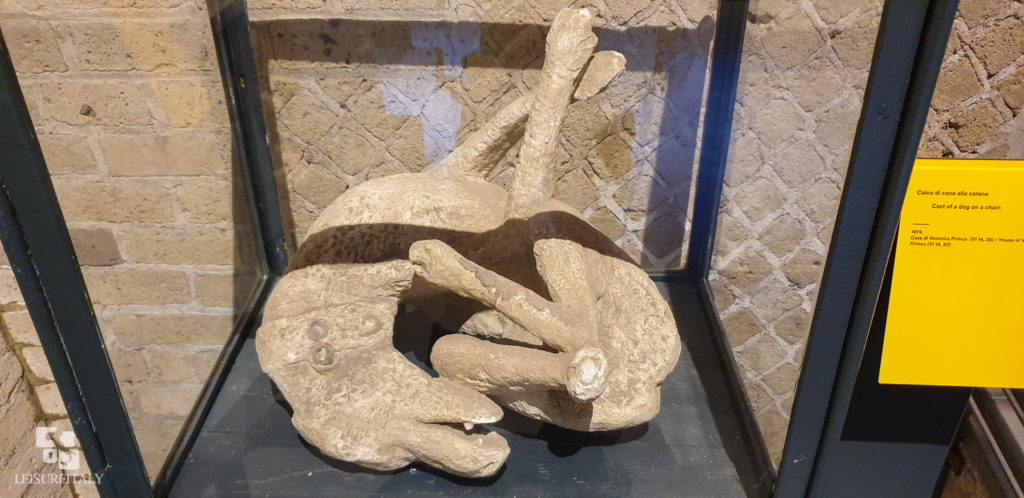
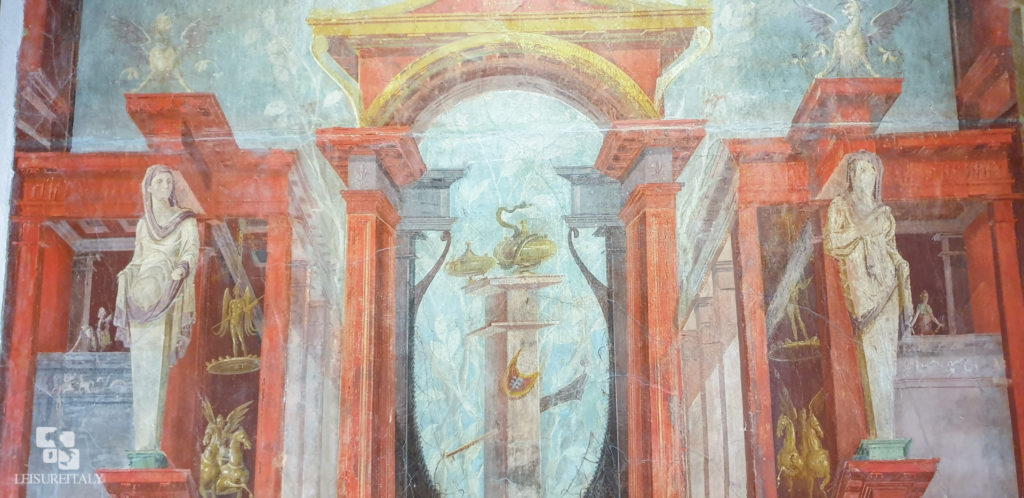
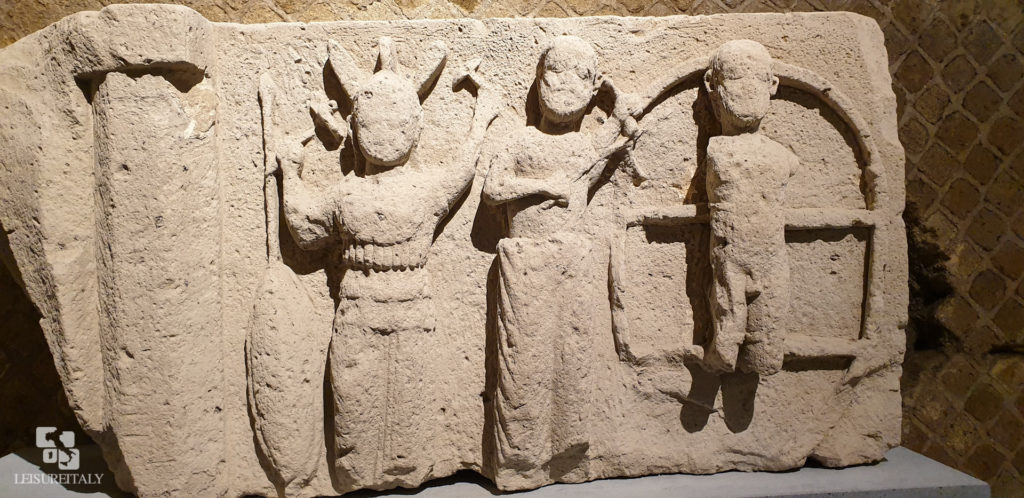
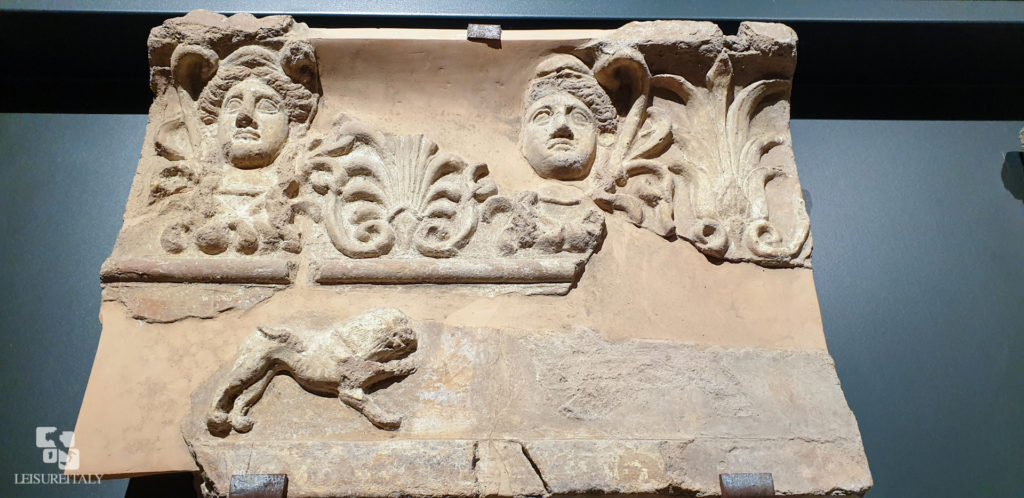
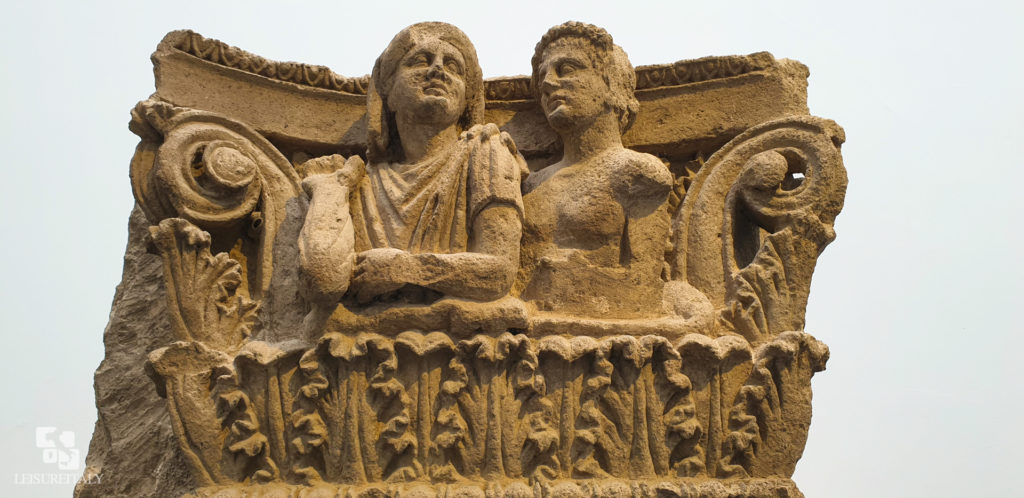
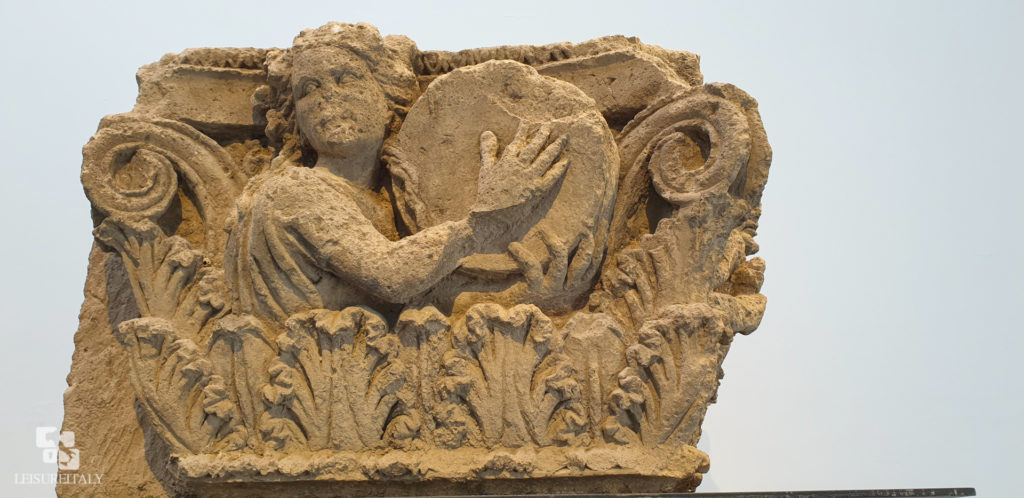
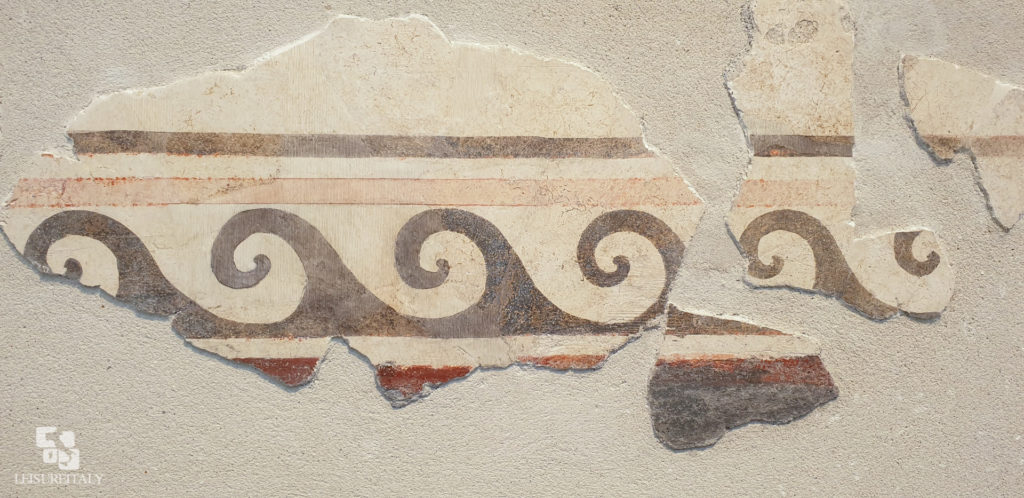
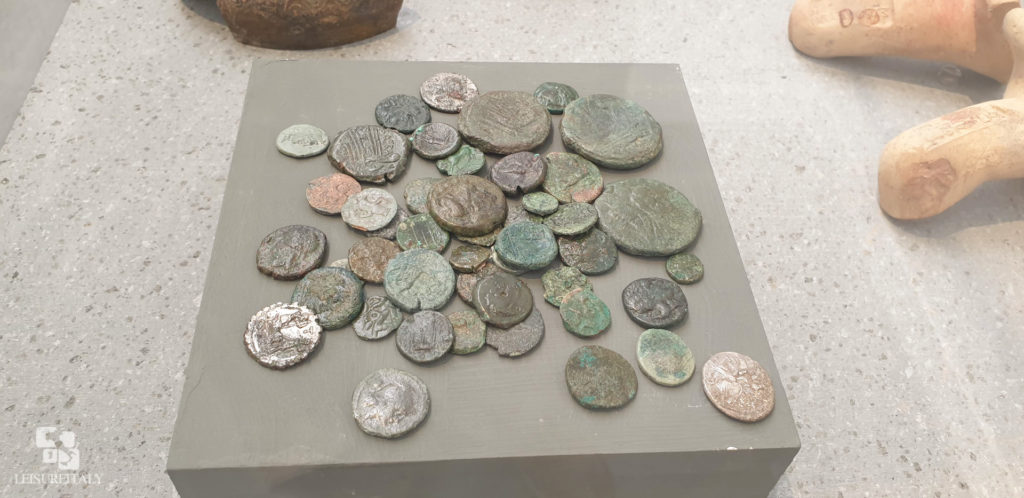
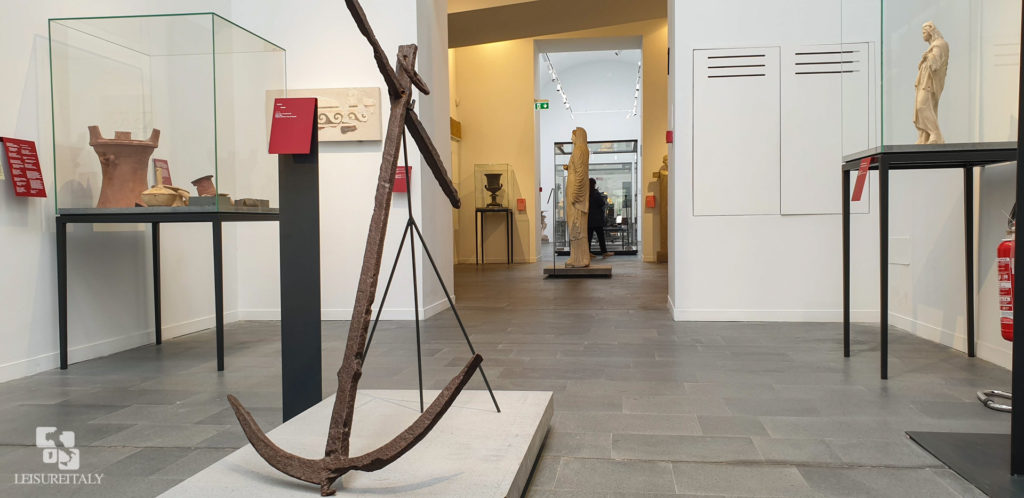
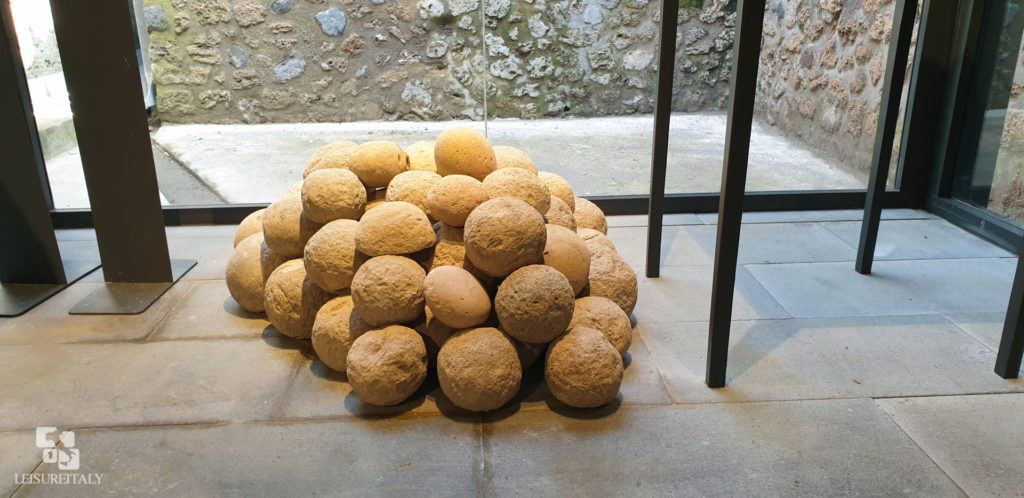
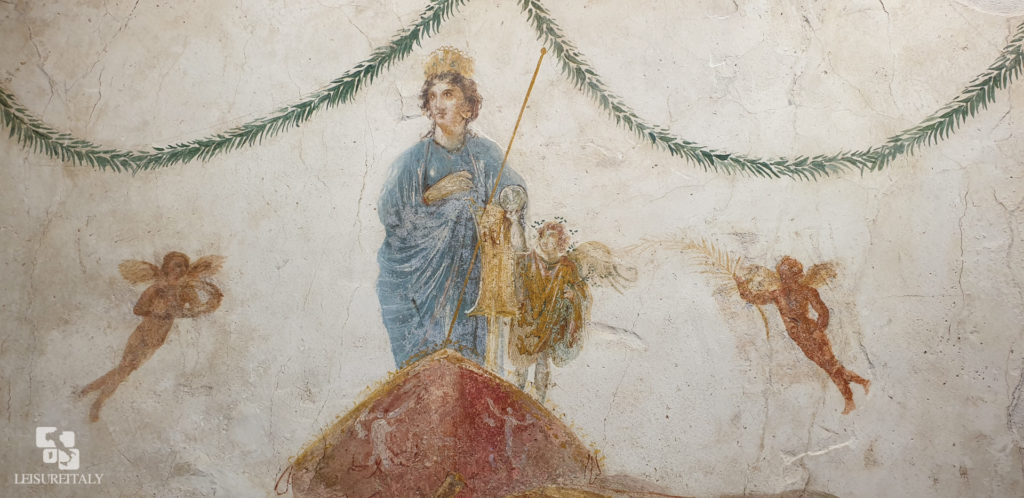
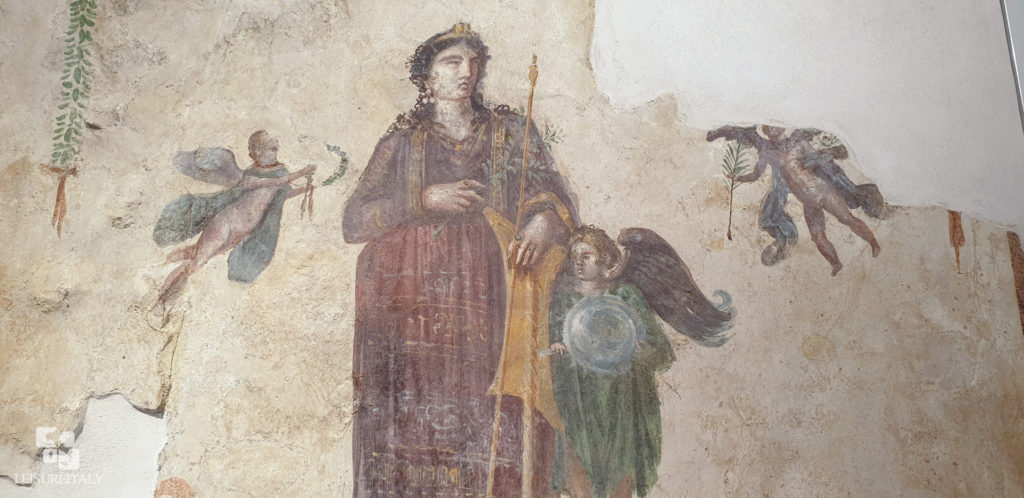
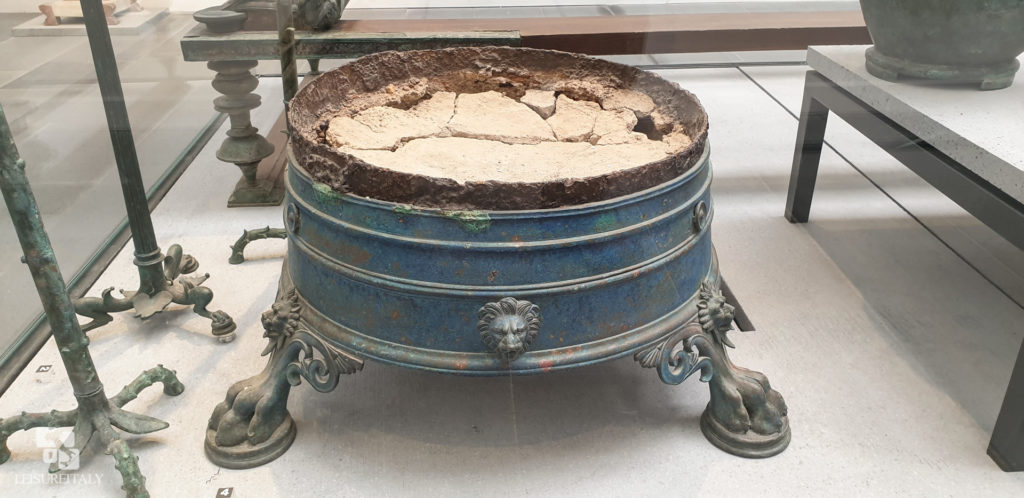
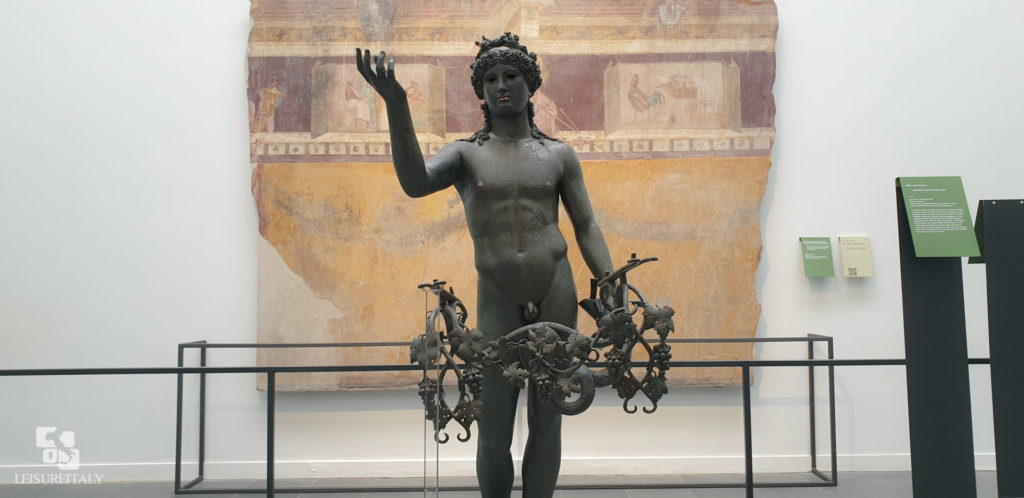
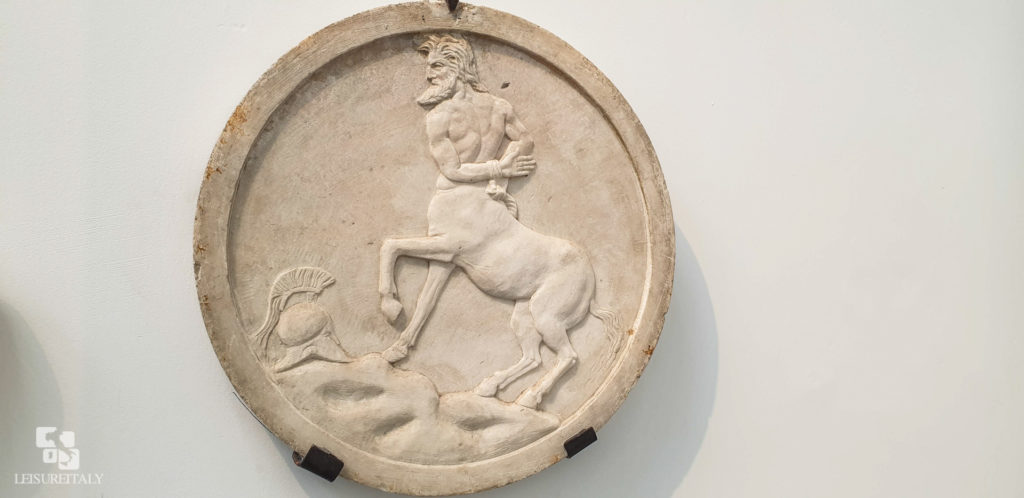
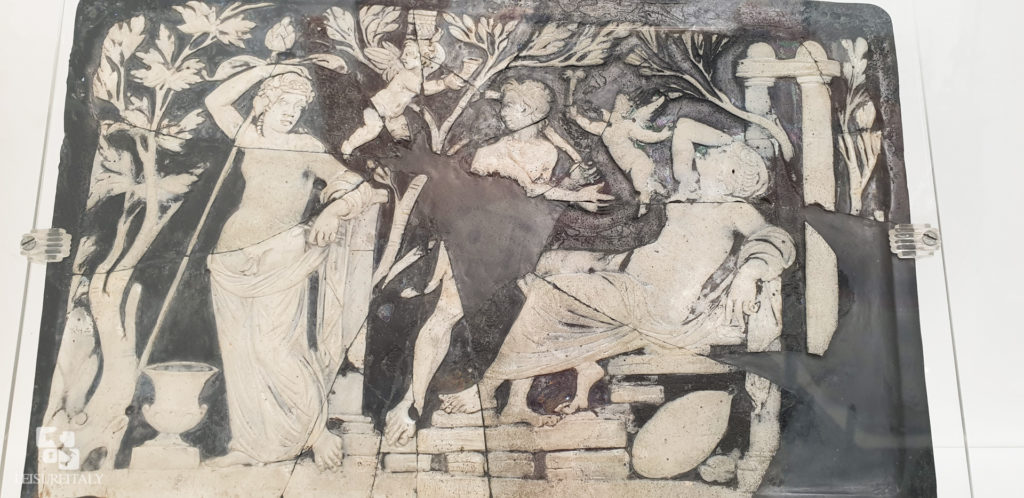
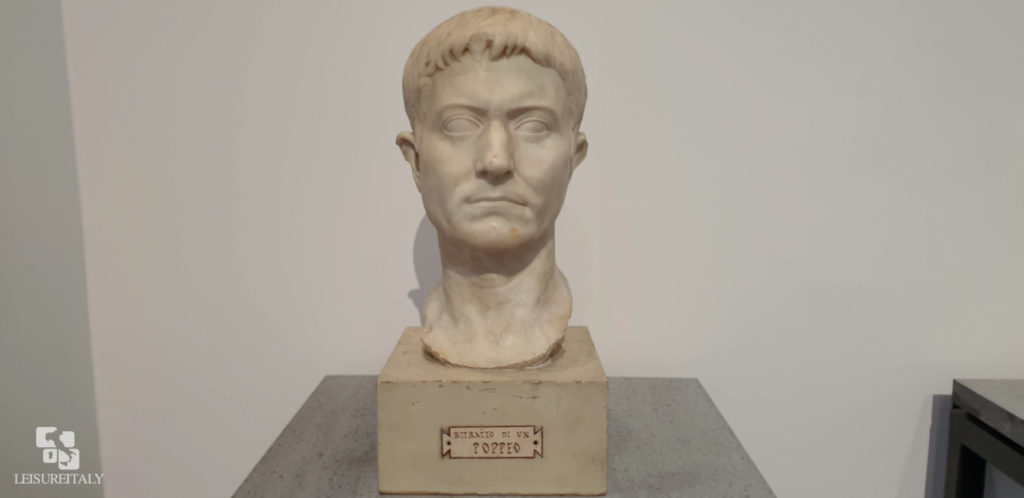
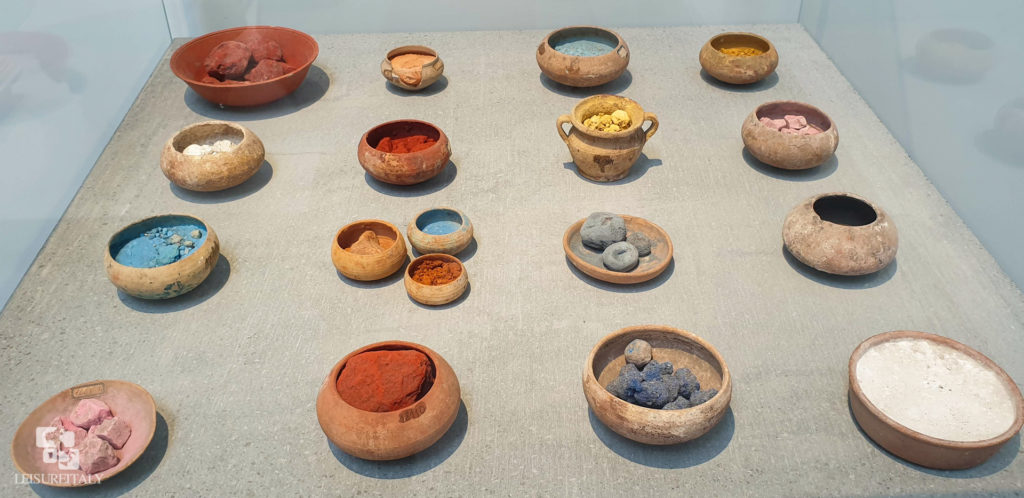
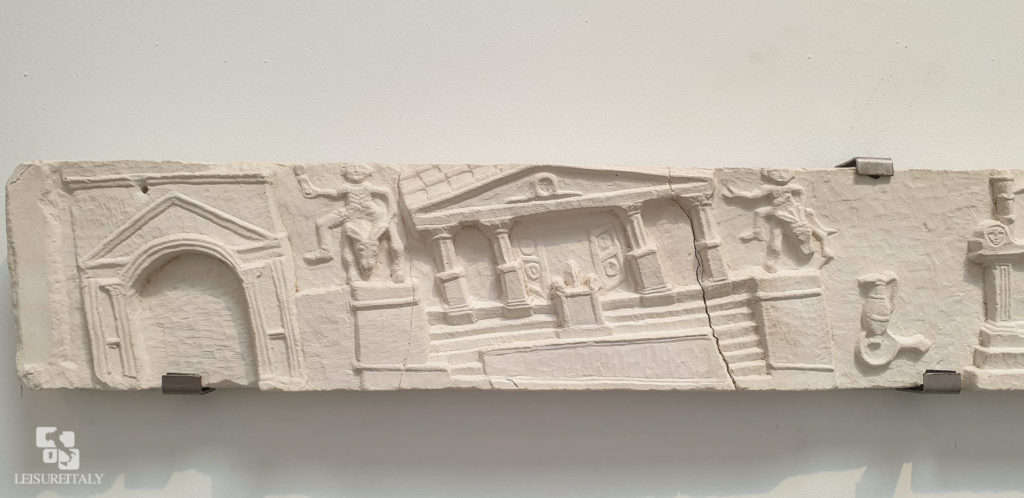
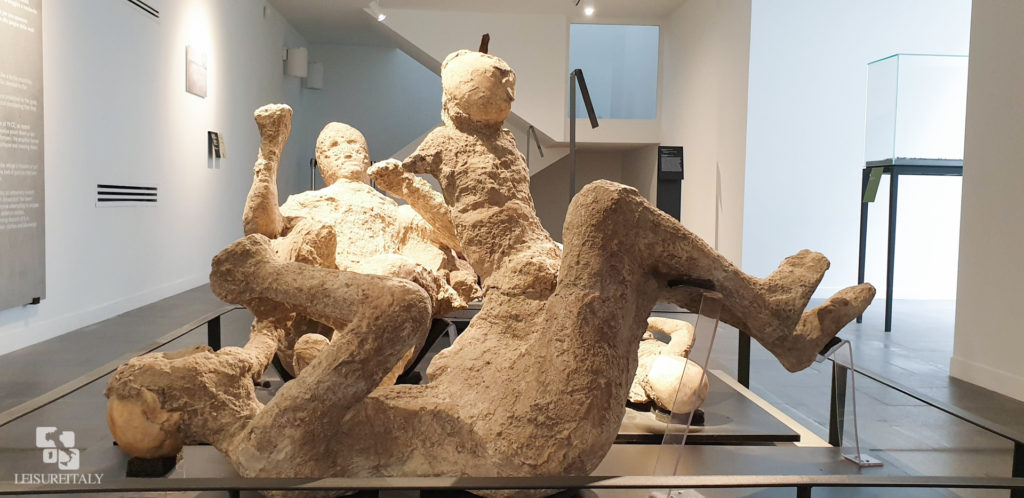
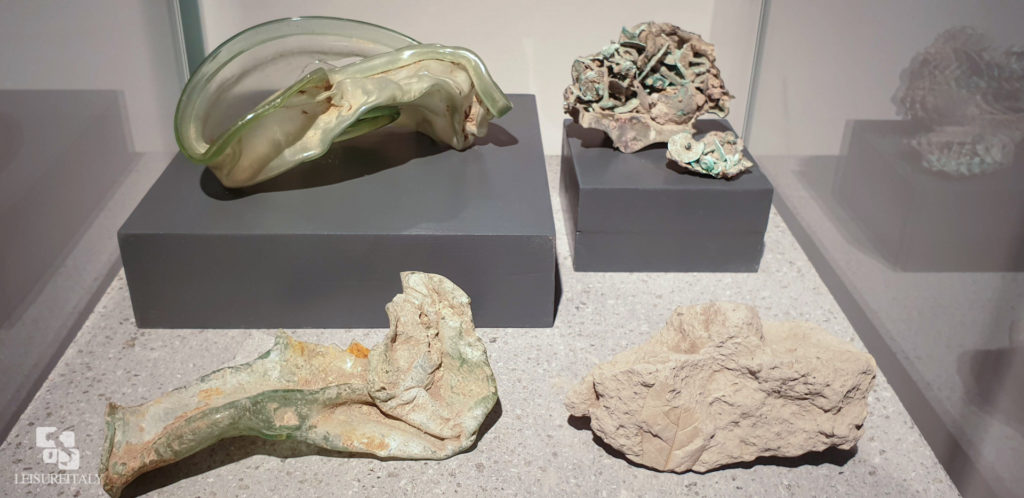
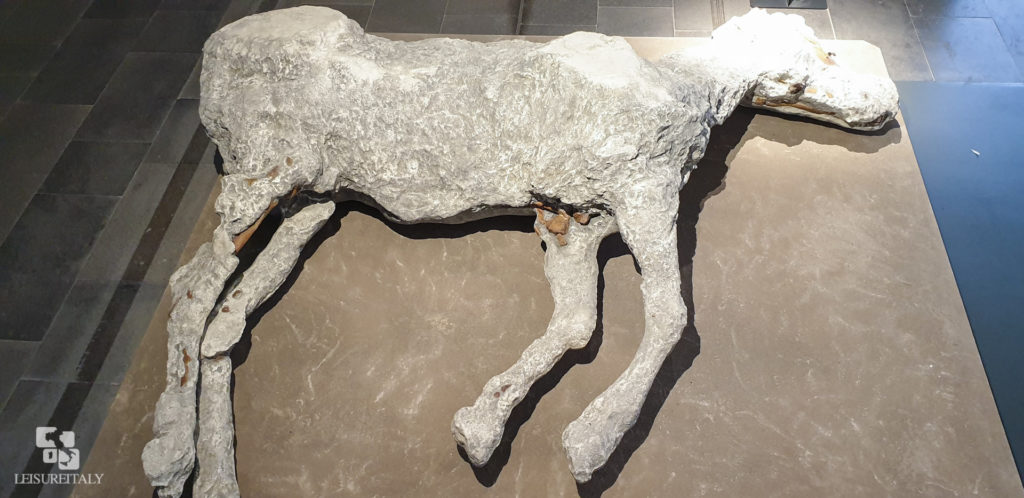
Comments